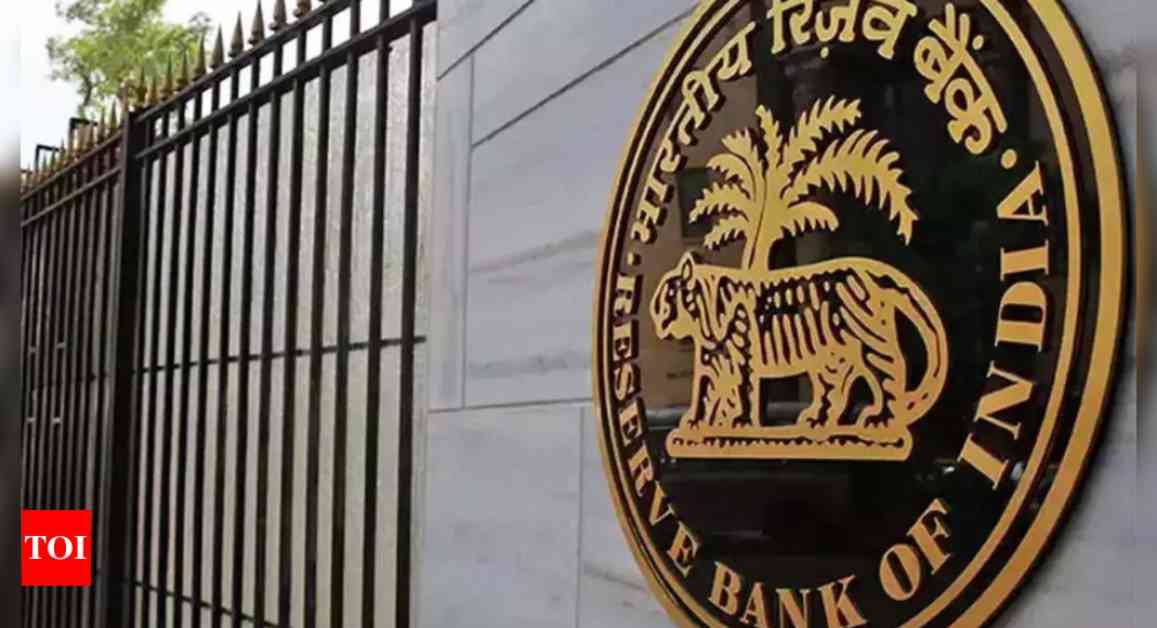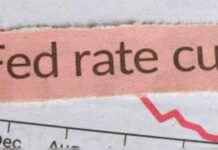RBI Guidelines: Tougher Approval for Multiple Personal Loans
MUMBAI: Retail borrowers looking to secure multiple personal loans may face tougher approval processes in the upcoming year. A new regulation requires lenders to update credit bureau records every 15 days, as opposed to the previous monthly updates. This change aims to prevent over-leveraging by borrowers seeking multiple loans.
New Norm for Credit Reporting
The Reserve Bank of India (RBI) issued a directive in August mandating lenders and credit bureaus to reduce the reporting interval to 15 days. The deadline for implementation was set for January 1, allowing institutions to adjust their systems accordingly. This move was intended to enable lenders to conduct more accurate risk assessments of borrowers.
Sachin Seth, chairman at credit information company CRIF High Mark, emphasized the importance of more frequent updates. He explained that the previous monthly reporting cycle could lead to delays of up to 40 days in reflecting defaults or payments, resulting in outdated information for credit evaluations. By switching to a 15-day cycle, lenders can capture borrower behavior more accurately and in real-time.
Impact on Borrower Behavior
According to SBI chairman C S Setty, new-to-credit borrowers often end up taking loans from multiple lenders, exceeding their repayment capacity. SBI recommended more frequent updates to provide creditors with a comprehensive view of borrower behavior. This change is expected to discourage individuals from overextending themselves financially.
Seth further elaborated that borrowers with multiple loans will now have their financial activities reflected in the system within two weeks. This reduces the blind period where critical data may be missing, allowing lenders to make more informed decisions based on up-to-date information.
Enhancing Lending Practices
By implementing bi-weekly reporting, credit bureaus and lenders aim to combat practices like “evergreening,” where borrowers use new loans to cover old defaults without the necessary risk assessment. The more frequent updates will provide a clearer and more reliable picture of a borrower’s credit behavior, leading to better decision-making and a healthier lending ecosystem.
Overall, the new RBI guidelines are set to reshape the lending landscape by promoting responsible borrowing practices and ensuring that borrowers do not take on more debt than they can handle. These changes are designed to benefit both lenders and borrowers by fostering a more transparent and sustainable credit environment.























